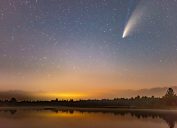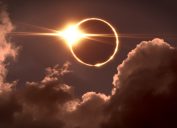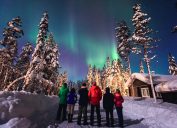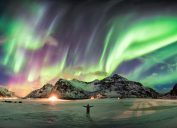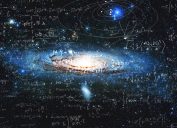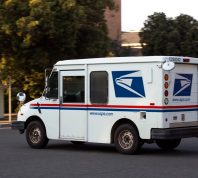"Severe" Solar Storm Will Bring the Northern Lights to 14 States Tonight—How to See Them
This could be your chance to catch the aurora borealis without having to travel.

Astronomy fans and stargazers have had a lot to look forward to so far this year. In addition to the recent lunar eclipse, there has also been a unique comet sighting, and the upcoming total solar eclipse is expected to draw millions of viewers. But we could also be in for another last-minute treat as a "severe" solar storm is expected to bring the Northern Lights into view in up to 14 states tonight. Read on to learn how you can see them.
RELATED: Explosive "Devil Comet" Could Photobomb the Solar Eclipse—How to See It.
Parts of the U.S. could catch a glimpse of the Northern Lights tonight.
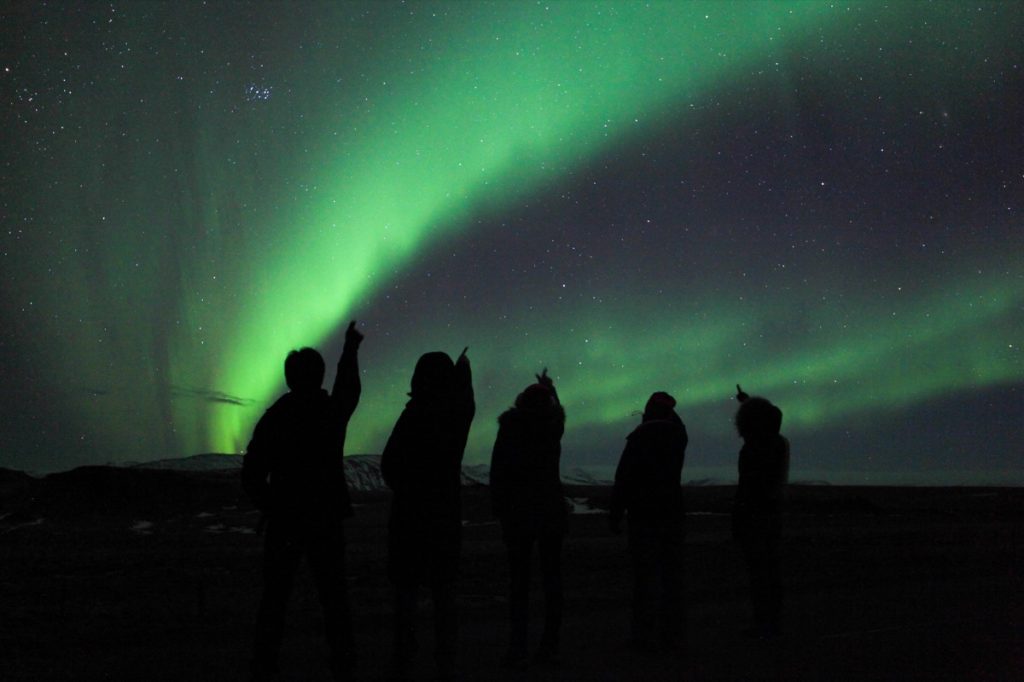
Some people travel a long way in the hopes of seeing the aurora borealis. But tonight, parts of the U.S. could get a light show of their own when the Northern Lights appear in the sky.
On March 24, the National Oceanic and Atmospheric Administration's (NOAA) Space Weather Prediction Center (SWPC) issued an alert for a "severe" geomagnetic storm after observing a large coronal mass ejection (CME) the previous day, USA Today reports. The event reached a "G4" designation on the agency's scale, which is the second highest possible.
The first waves of the stream of charged solar particles began hitting our planet on Sunday, bringing potential sightings into the lower 48 states. Forecasts from the SWPC predict these conditions will continue through Monday evening.
RELATED: New Star Will "Explode" in the Night Sky—How to See the "Once-in-a-Lifetime" Event.
Conditions are currently optimal for seeing the aurora on Earth.
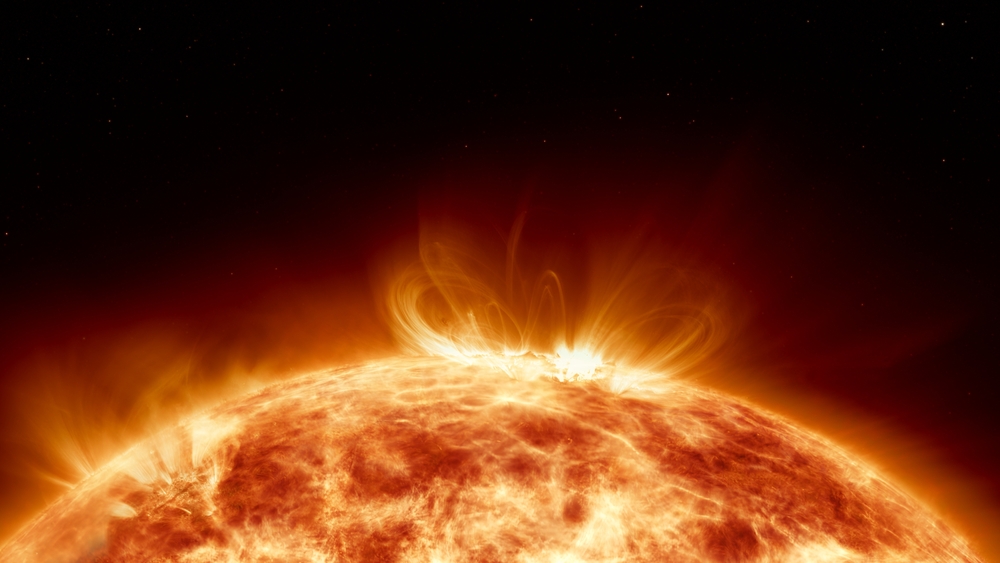
Large CMEs like the one that occurred over the weekend aren't totally uncommon. According to NASA, they happen when large spurts of plasma escape from the sun's surface, sometimes around the time of a solar flare. But while the eruptions—which scientists describe as looking like giant pieces of twisted rope—can lead to disruptions with radio equipment, communications systems, and electrical grids, it was unlikely even this significant event would impact daily life.
"The public should not anticipate adverse impacts, and no action is necessary, but they should stay properly informed of storm progression by visiting our webpage," the SWPC wrote in its alert on March 24, per Fox Weather.
Currently, the sun has become more active due to its position in the solar cycle. Scientists believe the sun is reaching the peak of expected activity, which could increase the number of such events for the next few years, per NOAA.
The latest CME also happens to be in line with the recent spring equinox. Due to its slight tilt and the placement of its magnetic poles, the Earth's positioning is primed to receive charged particles and enhance auroras, Space.com reports.
RELATED: Here's How Much of the Total Solar Eclipse You Can See in Your Region.
Over a dozen states fall within the potential viewing area tonight.
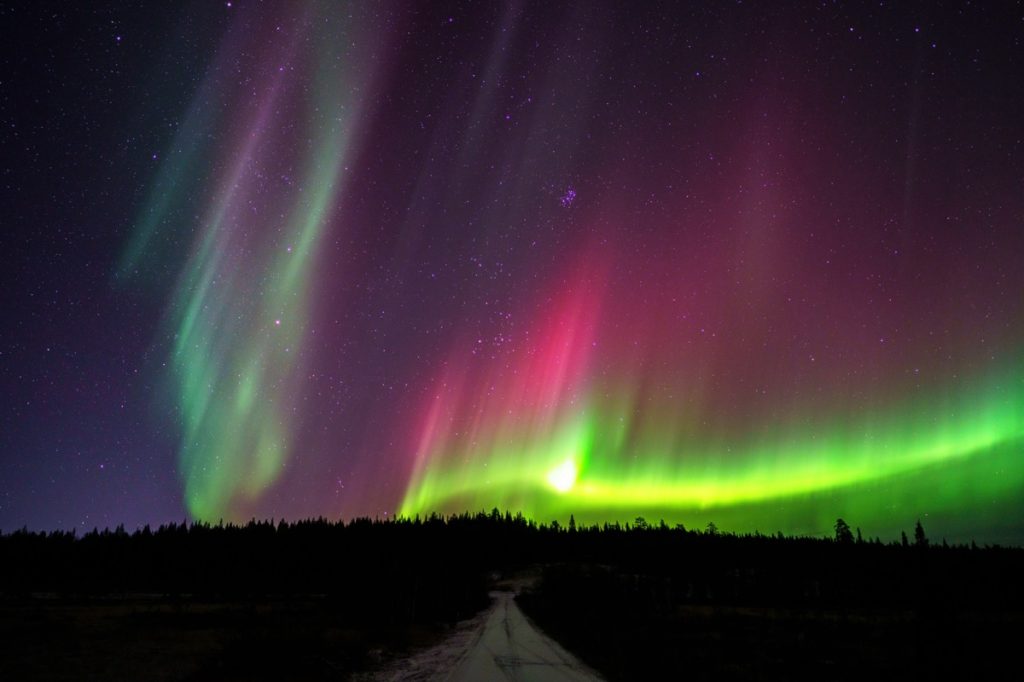
Shifting conditions can make geomagnetic storms notoriously tricky to track and predict. But according to the current SWPC forecast, people in 14 states could see the Northern Lights tonight.
The aurora view line is dipping slightly lower than usual, covering Alaska and some of the northernmost areas of the lower 48. The list includes Washington, Idaho, Montana, Wyoming, North Dakota, South Dakota, Iowa, Minnesota, Wisconsin, and Michigan. In the Northeast, Upstate New York, northern Vermont, northern New Hampshire, and Maine are also within viewing range.
There are a few tips to keep in mind when camping out to view the Northern Lights.
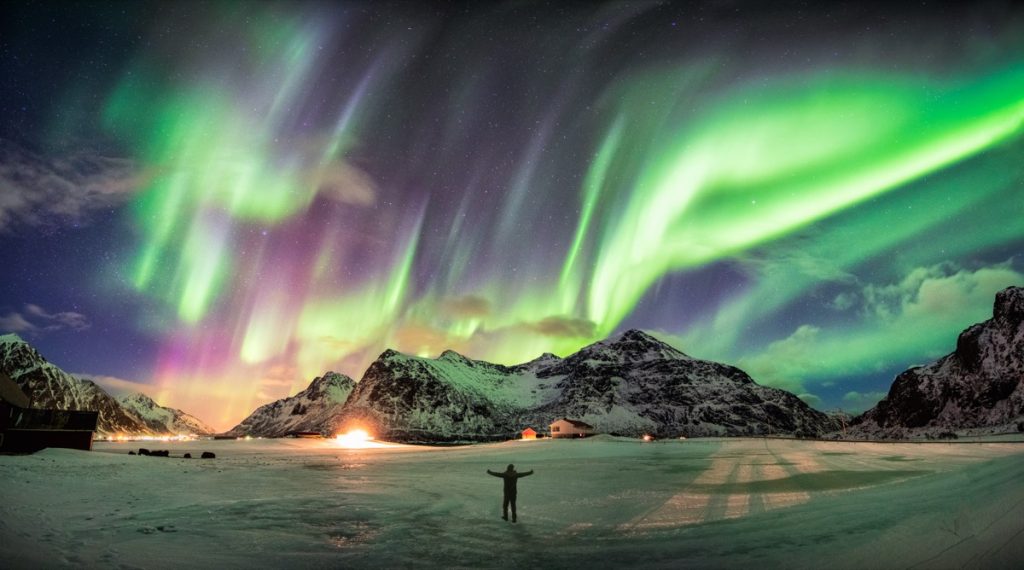
Even when orbital conditions align, getting a good view of the Northern Lights can also come down to your local weather. But if you're hoping to see them for yourself, there are a few things to remember that could make it easier.
As with any stargazing experience, the best place to watch the night sky for the Northern Lights is far from any bright cities or towns with light pollution that can drown out the view, SWPC says. It can also help to get a good vantage point with some elevation and an unobstructed view of the northern horizon.
According to the agency, the best times to see the aurora are typically within two hours of midnight local time, making 10 p.m. through 2 a.m. the prime viewing window. However, it's important to remember that they can appear at any time once it's dark enough to see them.
And if you're concerned you might not be able to see them this evening, don't worry. Experts say you might not have to wait too long for another opportunity.
"We're in that favorable time right now—it's solar maximum, we are seeing these eruptions, and we'll see plenty more of them in the next several years before we start winding down by 2029 or 2030," Bill Murtagh, program coordinator with the SWPC, told The Los Angeles Times.

